
|   |

|   |
 e-mail: sunilkothari1933@gmail.com A unique workshop by Dr. Anita Ratnam May 15, 2016 Titled Muscle Memory, Dr. Anita Ratnam's workshop during Natya Vriksha's two day World Dance Day celebrations on Sunday the 1st May in the morning at India International Centre's auditorium saw the young dancers crowding the stage and also the Delhi audience on a Sunday morning, which was quite heartening. Two days earlier in Pune she had conducted workshop with Pune based dancers and had won critical acclaim. The dancers were not only from Natya Vriksha but also from other dance academies, all ready to take the workshop. Since it was on the stage, Anita suggested that some groups work in the aisles facing the stage. Dressed in pink top and comfortable black dhoti like costume, Anita warmed up all with her explanation of what is muscle memory - the day to day action, the observation of routine gestures, and the way we stand, and how dance practice retains memory through muscles. Where the standing posture is wrong, what happens to the back, to half seated position ardha mandali, to entire body and posture were explained with demonstration. The participants started warming up and followed what Anita suggested. Slide show Photos: Shruta Gopalan 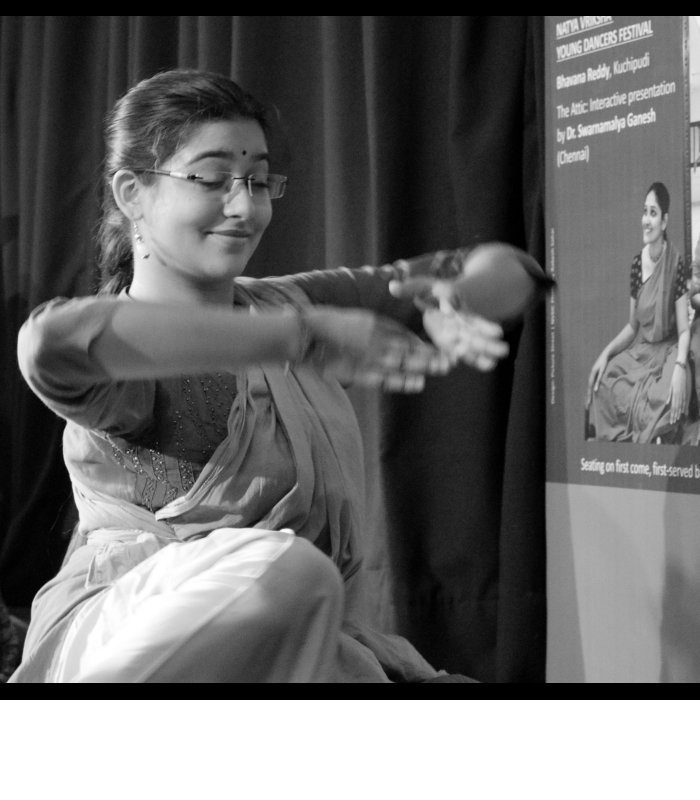
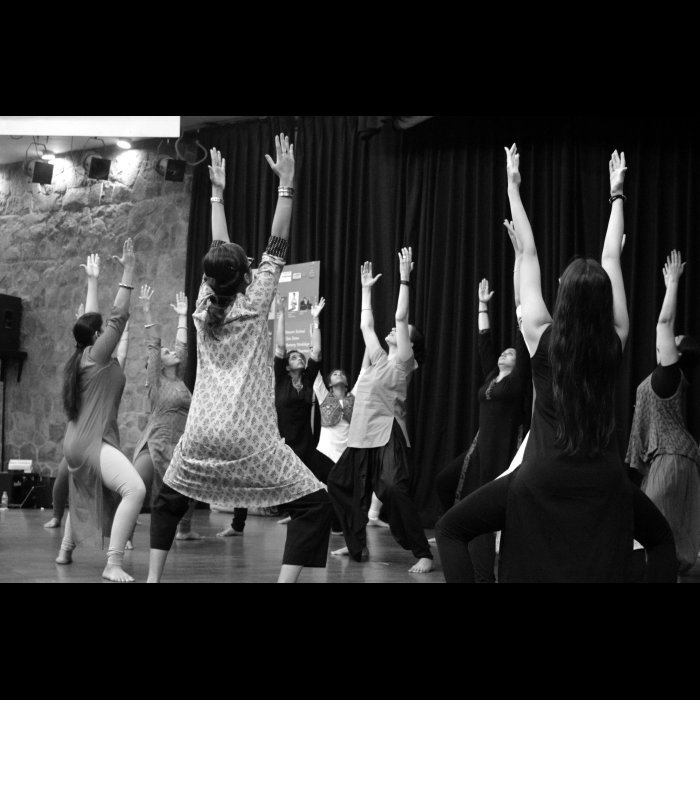
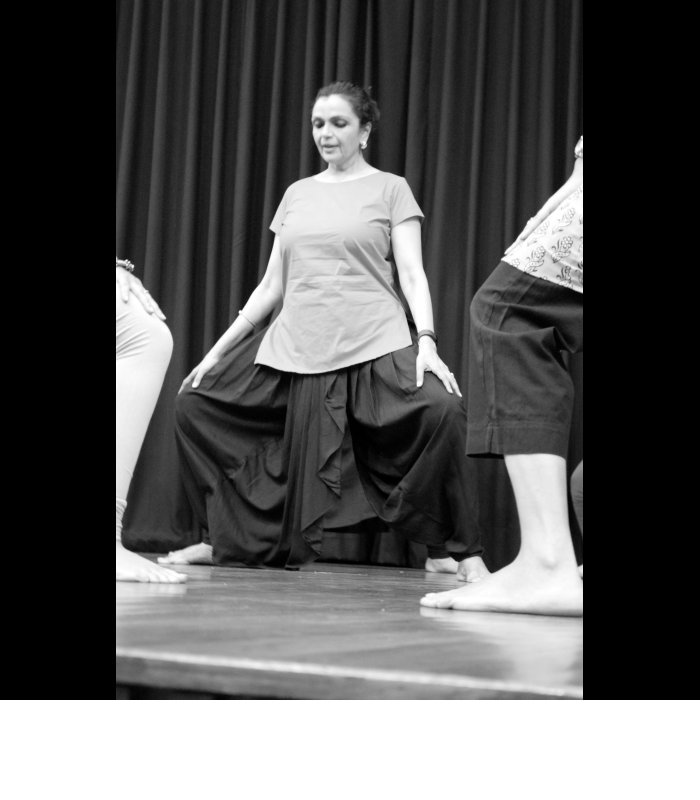

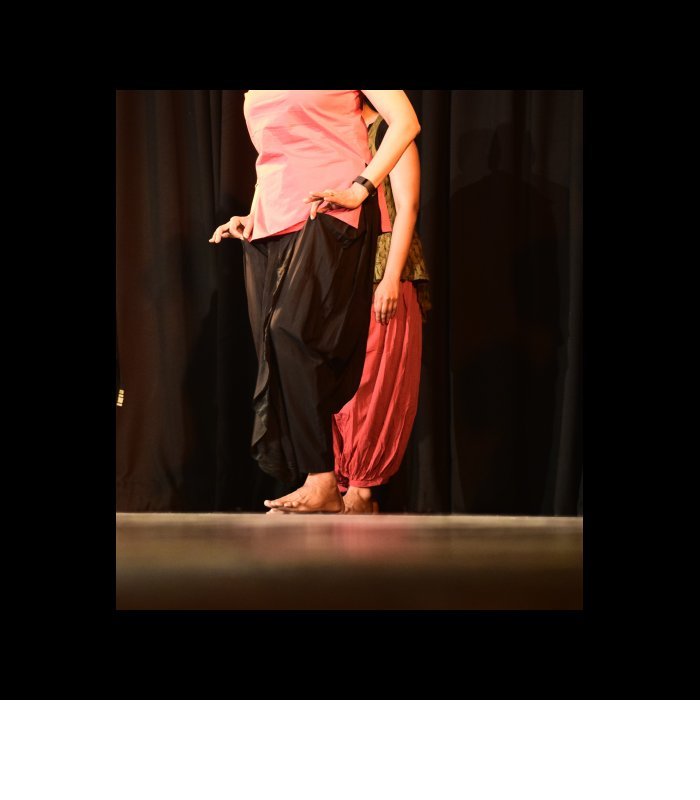

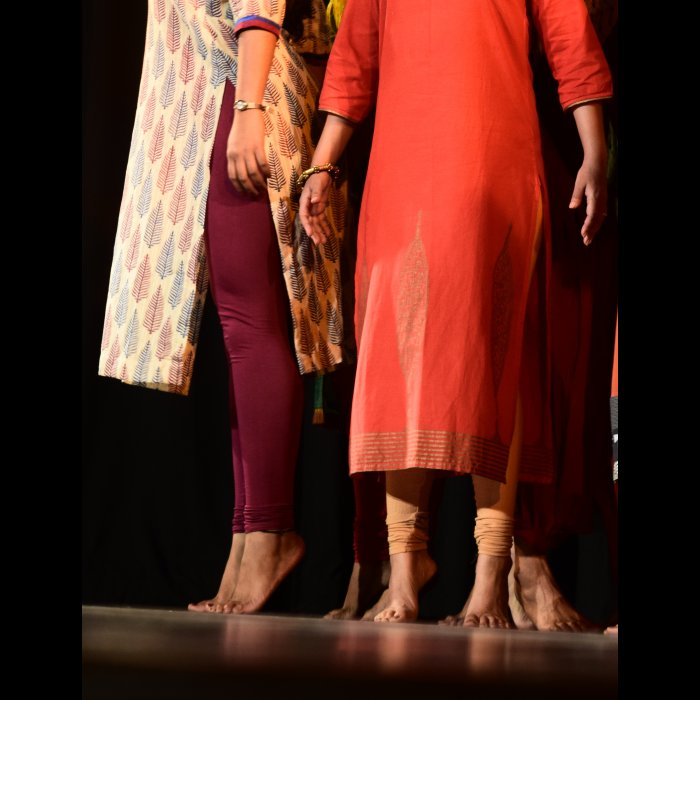
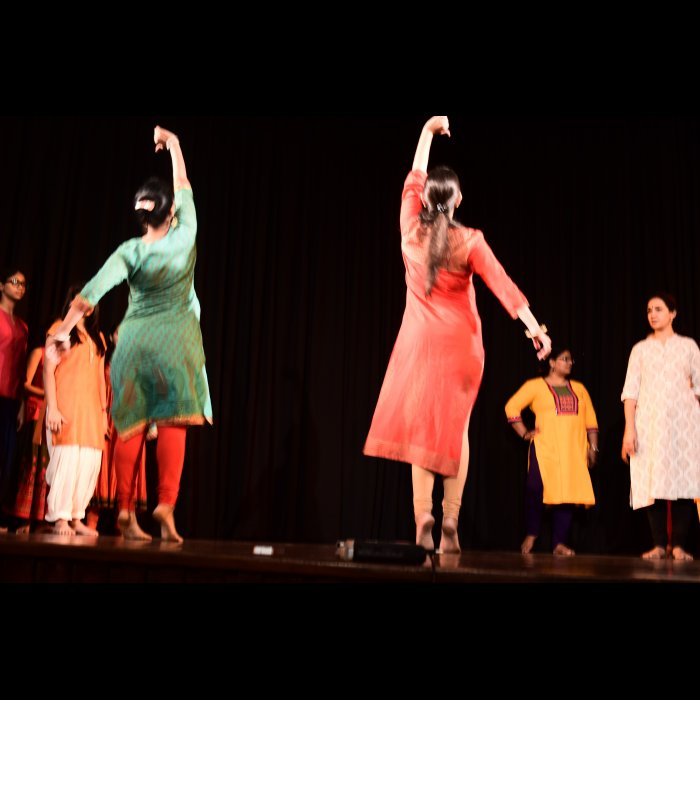
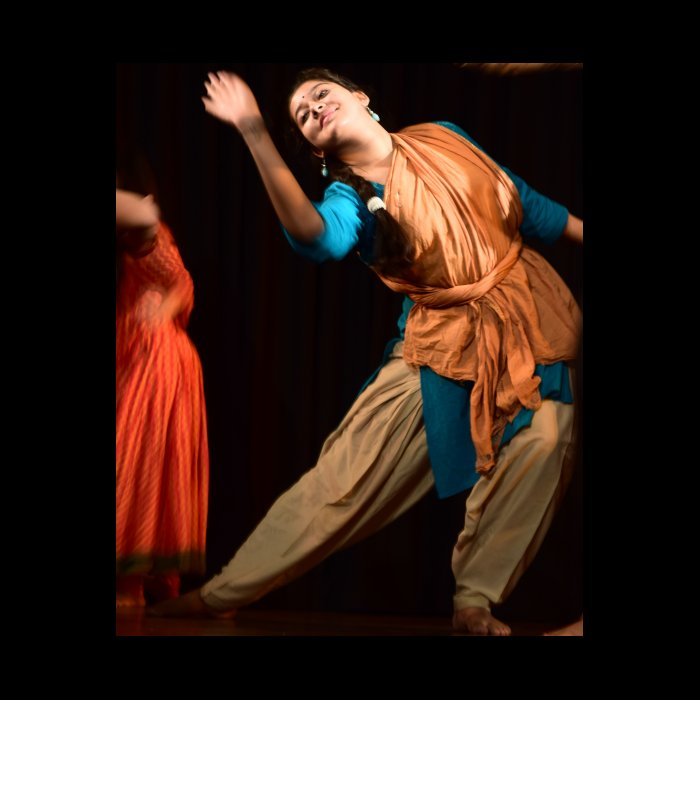
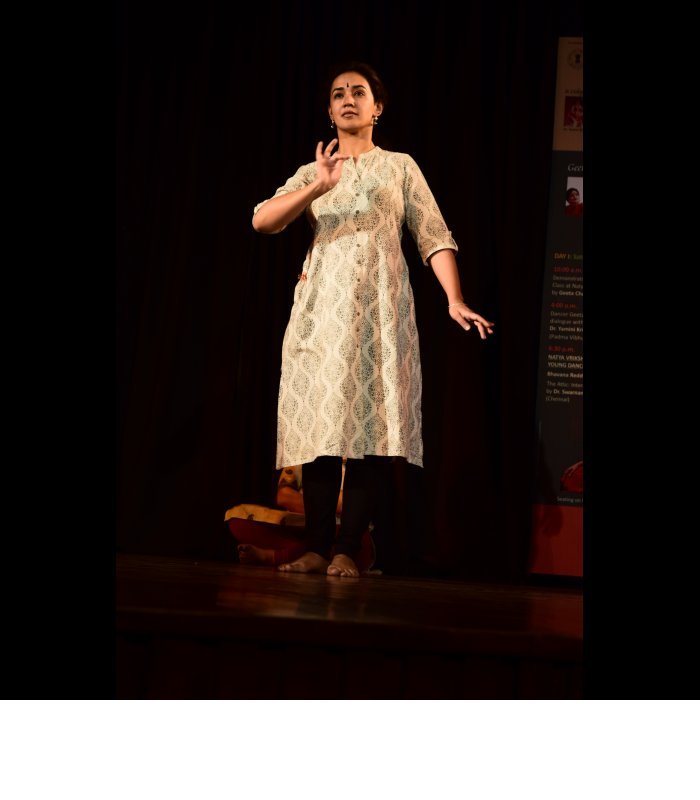
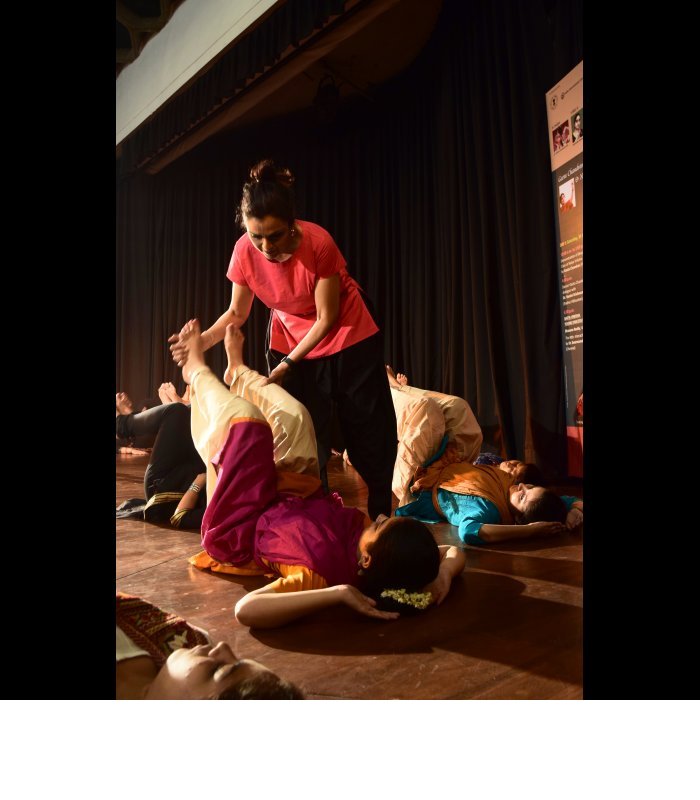
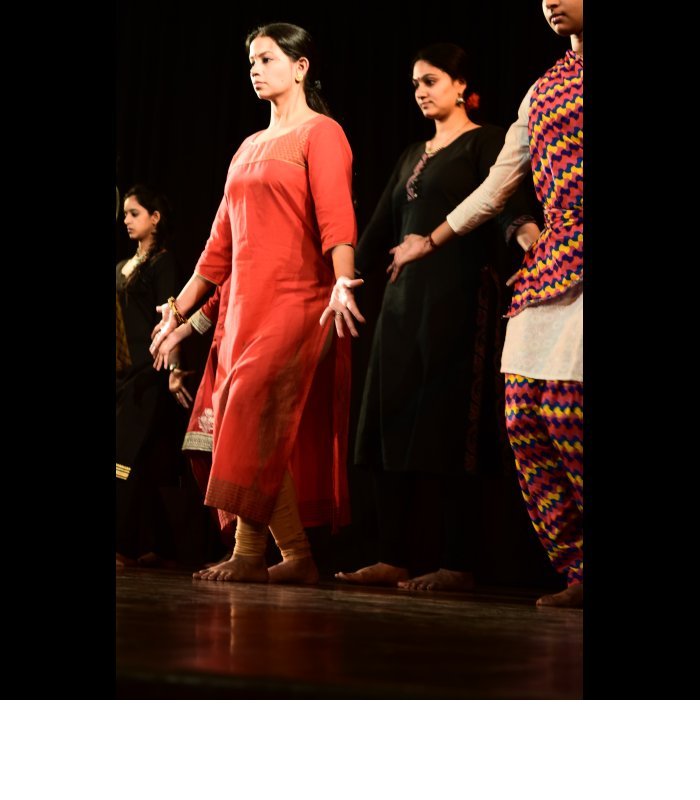
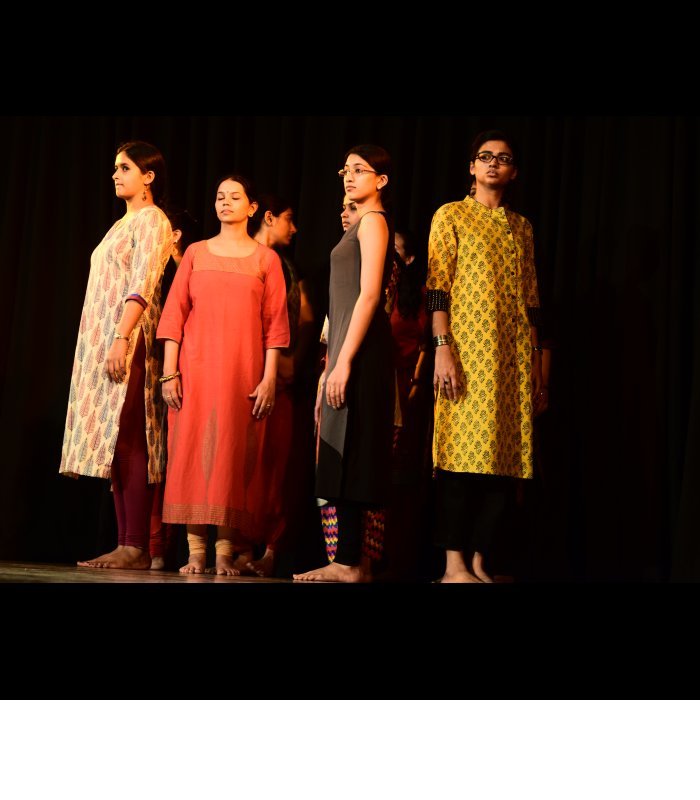
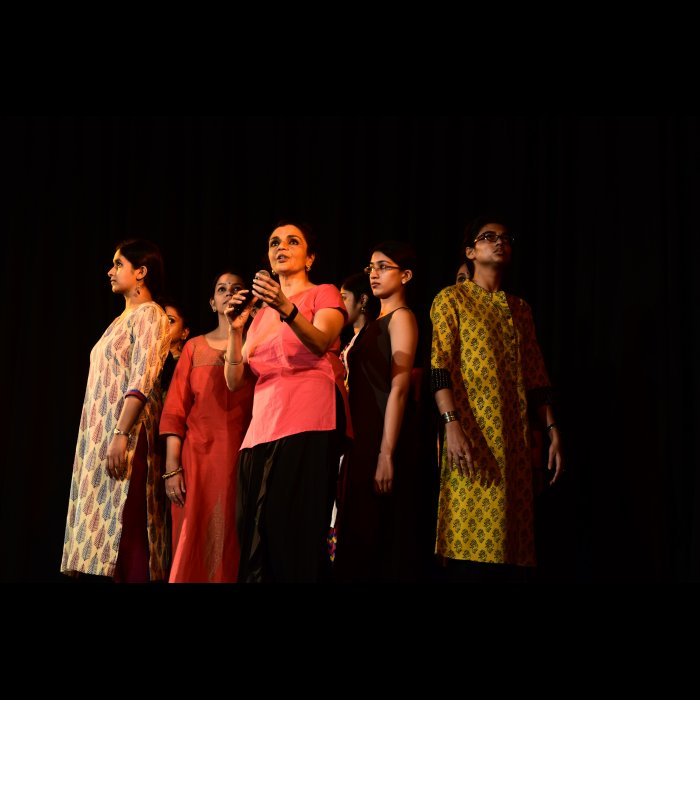
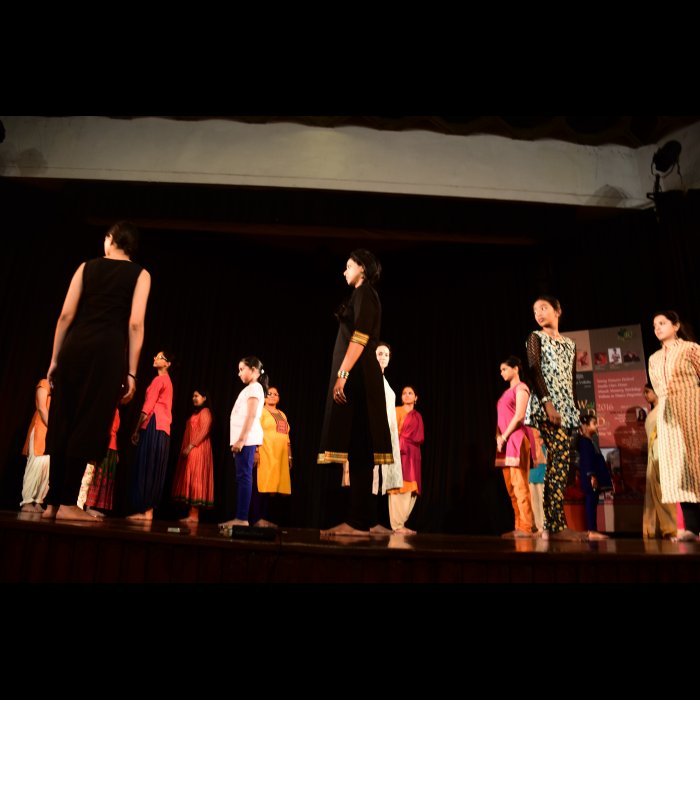
The most interesting part of the workshop was her telling them about various daily routines and our day to day actions. Also what we observe all around us and how rhythm which is universal, keeps us going. And we take it for granted because our muscle memory retains the movements. For example, she said about the flower vendor. We often see the woman weaving flower garlands even when engrossed talking with other women, their hands dexterously weaving the flowers, for her muscle memory and her sense of rhythm are strong. Dance forms, movements evolved by her from her vast exposure to different dance forms and also in America watching Martha Graham, Merce Cunnigham, listening to music by John Cage and how various elements help one to extend one's understanding and how one benefits from those pioneers. She said Martha Graham was with Ruth St Denis and Ted Shawn who were developing Hindu themes as they had understood. But Martha Graham did not want to become a Hindu dancer. And she charted her own path, studying Yoga, developing her own technique of contraction and expanse, and Anita demonstrated them as one born to manner. She explained how the Japanese Butoh dance movements were created. How after the atom bomb devastated Japan, from that the people created dance movements, colouring their face with ash, how they would lean on each other when creating group dance. All this information rarely is told to young dancers learning Indian classical dance forms, leave alone even to practice and experience different ways of moving bodies. Such interaction was most rewarding as Anita could move and demonstrate and also made young dancers follow her. One exercise which was fascinating was to take any movement with hasta and partnering another dancer, both imitating each other, then one performing with hasta and other as it were taking a brush and imitating, drawing, tracing those movements like painting. Then to Iranian music, she asked them to dance and it looked like already created choreographic pieces. The group work to lean, to create confidence etc., engaged dancers into moving and freeing themselves from inhibitions. Another exercise was word, sound and movement phrase. Seated on the floor in a semi-circle, the exercise created excitement. Anita said they can take any word, and how to relate with sound, movement phrase. Also disorienting movements to liberate one from the known and venture into unknown. One remarkable observation Anita made was not known to many. When she was observing rehearsals at Kalakshetra, Rukmini Devi used to make group of dancers come running from the wings as if they were being pulled. Their running had to be perfect. Those who recall dancers running on the stage to come and perform tillana in Rukmini Devi's dance dramas would realize this. Rukmini Devi had an open mind and knew what best she could take from her observations of Western dance. Anita also referred to Chandralekha's devising sideways frontal movements whenever she wanted to change the sequence. Such strategies are important while choreographing works of dance. But the most interesting part came towards the end when she asked dancers to repeat movements after her which was a part of her choreography of Padme, originally conceived by Kalpana Raghuraman. Building on that it was remarkable that the participants could follow it and danced perfectly as a choreographic piece. In concluding the workshop, Anita told young dancers not to be just dancers, extend their horizons, watch paintings, read literature, keep minds open and develop their own personalities. In short, become much more than a classical dancer with awareness of what is happening around them, the awareness of socio political issues. As young dancers they have everything available at the click of a key on computer, but to develop sensitivity, to sensitize life with poetry, beauty and awareness as well keeping the body healthy and in tune are most important lessons one must remember. I have enjoyed attending Anita's workshops in New York, in Chennai at The Hindu Lit Fest, and whenever we have been together in different parts of the world in our extensive travels and exposing ourselves to trends and novel ways of movements. What all participants loved was Anita's bonhomie and spirit which were contagious and confidence inspiring.  Dr. Sunil Kothari is a dance historian, scholar, author and critic. He is honored with Padma Shri, Sangeet Natak Akademi award and Senior Critic Award from Dance Critics Association, NYC. Post your comments Please provide your name and email id when you use the Anonymous profile in the blog to post a comment. All appropriate comments posted with name & email id in the blog will also be featured in the site. |